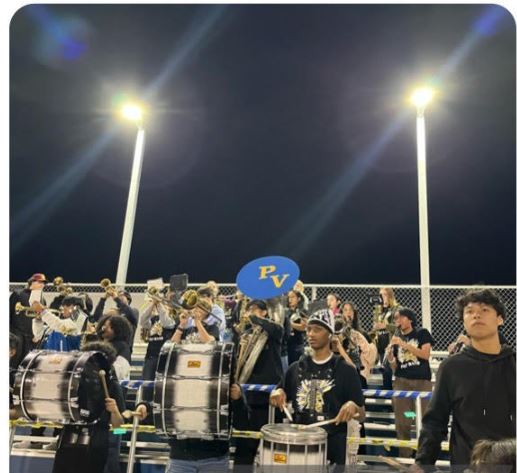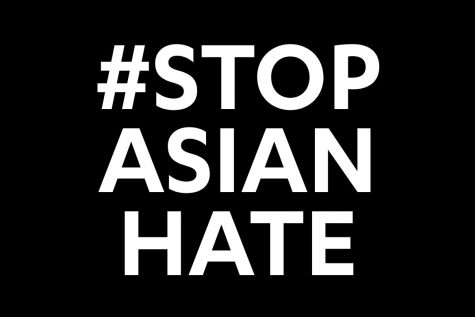The Minimum Drinking Age is Bad Policy
This is another in a series of Guest Editorials written by Pinole Valley High School students.
When I first looked at a map of legal drinking ages around the world, one thing stood out to me. The United States has the highest legal drinking age in the world, second only to countries like Saudi Arabia, Afghanistan, and Libya, who ban alcohol outright. What a strange club to be in. It made me wonder about the inconsistent reasoning of a country that will allow a 20-year-old to land a 66-million-dollar F-18 Super Hornet on an aircraft carrier, but bar and even prosecute them for drinking alcohol. Can we trust his judgment less than the average 21-year-old? The age 21 limit on alcohol is more than just illogical; it’s ineffective and harmful and should be lowered.
The current national drinking age is actually a relatively recent law, being enacted by congress in 1986, on a national scale. Previously, there was no federal minimum drinking age, as each state had its own set of laws, which varied quite a bit across the country. The driving force in the passing of the national bill was the momentum of lobby groups aiming to curb drunk driving fatalities. These groups claimed the new bill to be a success, but the statistics say otherwise. Drunk driving fatalities have gone down since 1986, but that’s just a continuation of a downward trend that started years earlier and appears completely uncorrelated with the minimum drinking age bill.
An unrefuted study conducted by Peter Asch and David Levy discovered that rather than preventing drunk driving-related deaths, the minimum drinking age simply delayed them. Examining traffic data in 47 states over a 10-year period, they found that the highest rates of fatalities occurred with drivers who had just reached the minimum drinking age, be it anywhere from 18 to 21. This suggests that the biggest factor leading to drunk driving is inexperienced drinkers, who recently became eligible to legally drink and therefore did not know their limits. Drivers who had been able to drink for at least a year, regardless of age, consistently were found to be less at risk to be involved in a crash than drivers in their first year of legality, regardless of age. It’s also important to consider that today, youth 18-21 are today far less likely to have even drive in the first place, given that driver’s license rates among this age group is at record low, far below that of the rest of the population.
Another argument for the minimum drinking age is that young people are more likely to be victims of alcohol poisoning. This is blatantly false. The group by far most affected by alcohol-related fatalities are middle-aged men. In fact, individuals aged 15-25 only accounted for 5% of total alcohol poisoning-related deaths.
The 12-20 age group makes up around 11% of the United States’ population, and according to the CDC, consumes 11% of the alcohol, despite it being illegal. This not only shows that youth are no more susceptible to alcohol abuse than other groups, but also that the minimum age law is ineffective at stopping underage drinkers. By making criminalizing something that people will do anyway, it creates a clandestine atmosphere around drinking, ensuring that we all start drinking in secret and in fear of being found out. This makes it harder for young people to be introduced to alcohol in a safe environment and makes it less likely for them to get help, as they’re too afraid of the consequences of being caught. Designated driver programs and Good Samaritan policies, which protect drinkers and users who need emergency care from punishment, routinely show themselves to be incredibly effective at reducing alcohol-related fatalities. But these policies are often scrutinized as enabling illegal drinking to occur, which hinders their implementation.
The case against the 21-year minimum drinking age circles back to that law’s inconsistency. Eighteen-year-olds have all the responsibilities, rights, and obligations of adults, but aren’t allowed to purchase, possess, nor consume beer. There is nothing about the brain of an eighteen-year-old that makes them any more vulnerable to substance abuse than a twenty-one-year-old. We send our young men and women to war, but apparently, they’re not ready to have a drink with their meal. Let’s not forget that 61% of combat deaths in Vietnam were soldiers under 21.
Alcoholism is a complex, largely genetic problem that has the potential to manifest itself regardless of whether an individual starts drinking at 15 or 25. The current minimum drinking age does more harm than good and is plainly bad policy. Lowering the minimum age is a nonpartisan issue that needs more attention if lawmakers are to address its fallacies. This issue is representative of a larger struggle to give voices to our young people, and where it leads will have much to say about whether we, as a society, are ready to take our youth seriously.
Works Cited
“Drinking Age” National Youth Rights Association.
Peter Asch and David Levy. “The Drinking Age and Traffic Safety” 1987. Lisa Wade.
“The myth of teenage binge drinking” Pacific Standard, 12 June 2017.
“Underage Drinking is Common” Centers for Disease Control and Prevention.
Maureen Dalbec. “Drunk driving fatalities decreased in 2017” Responsibility.org, 3 October 2018.
“911 Good Samaritan Policy Guide” Students for Sensible Drug Policy.











